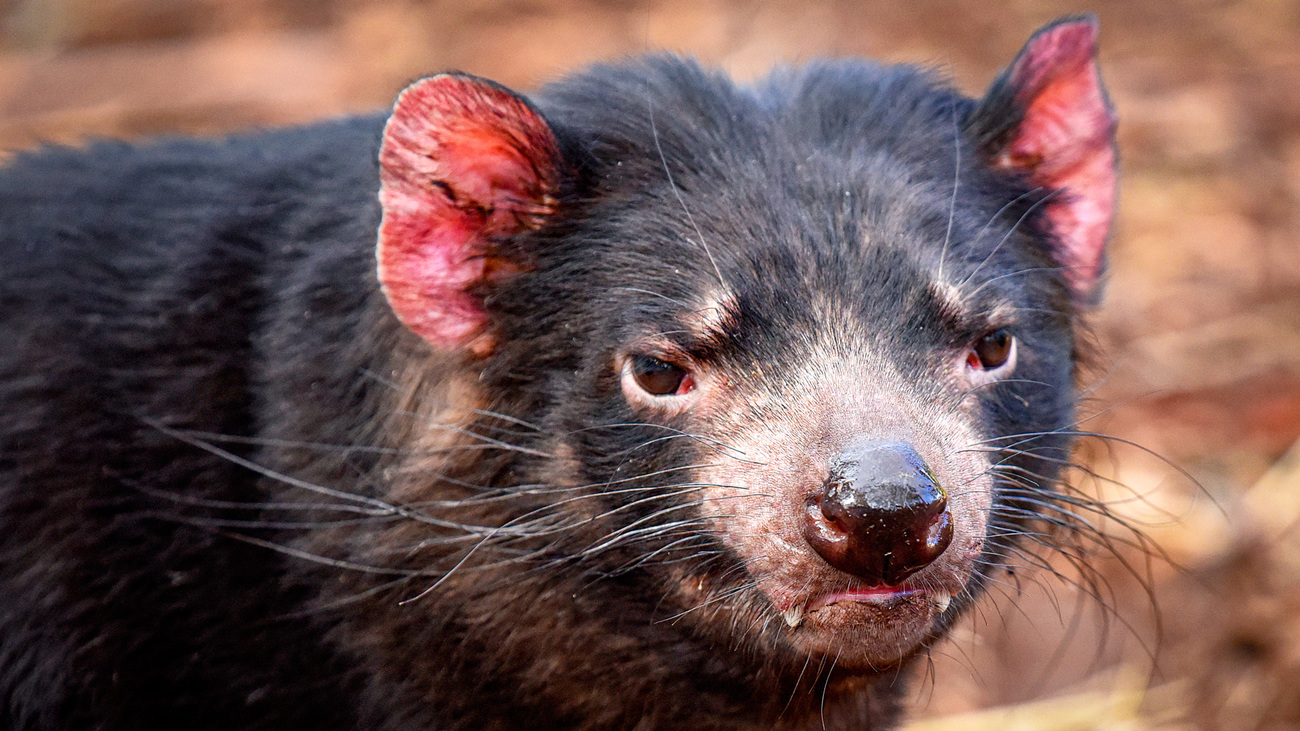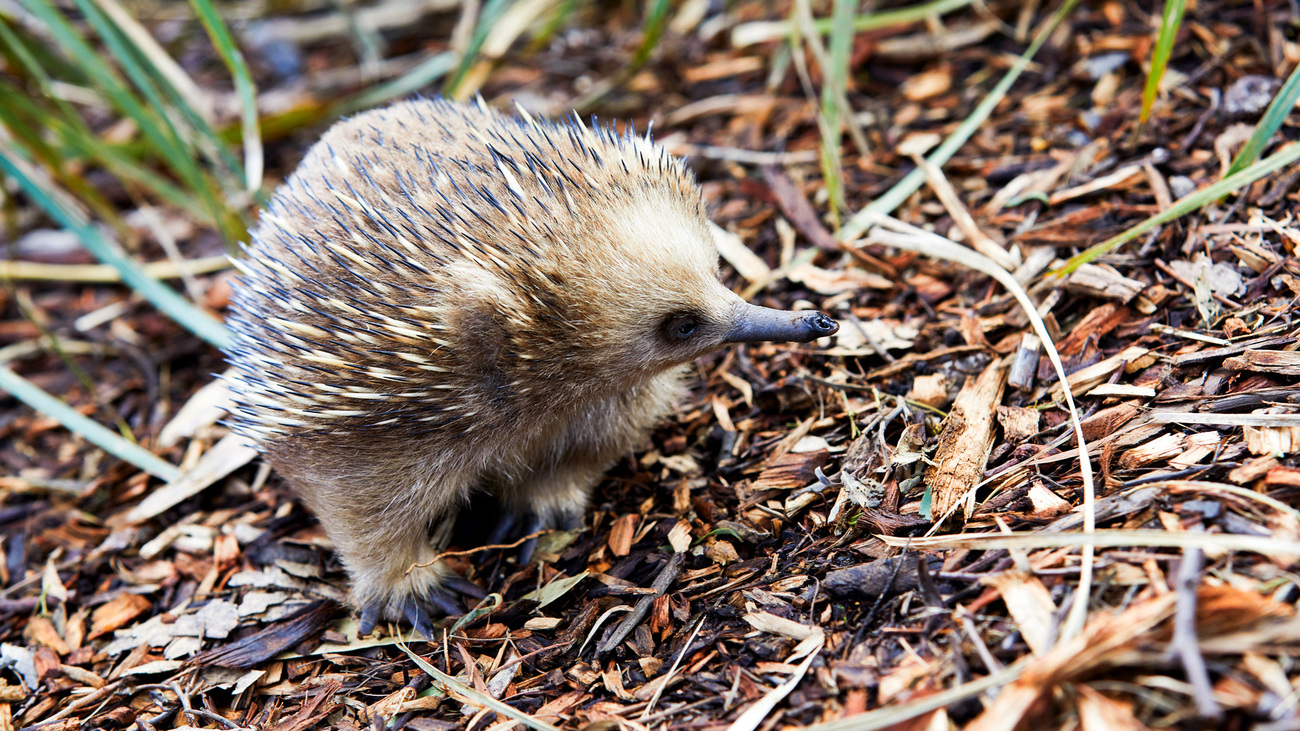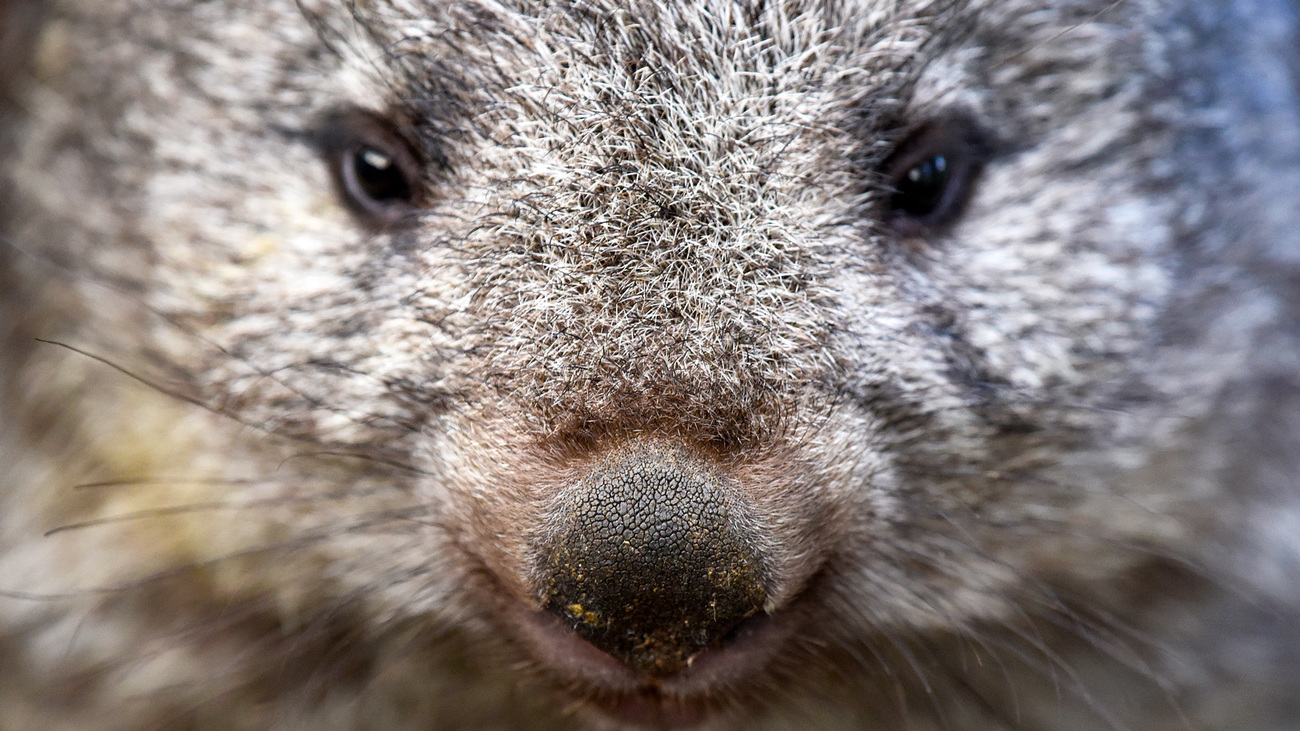Blog
Vultures: Nature’s cleanup crew and wildlife detectives
Read moreTop 10 most fascinating animals in Australia
Australia is a continent of vast biodiversity. Australia and the surrounding ocean support 600,000 to 700,000 native species, many of which are found nowhere else. Providing habitats to half the world’s marsupials, Australia is the place many iconic species like kangaroos and koalas call home.
Here are just 10 of the most fascinating animals that can be found only in Australia, picked by IFAW’s Australia staff members.

Chosen by: Animal Rescue Officer Robert Leach
Why: Their faces are adorable—and they have no natural predators, so they live a mostly stress-free life.
The quokka (Setonix brachyurus) is a small marsupial about the size of a house cat. It’s part of the macropod family—the same family as kangaroos and wallabies—and it’s a mainly nocturnal herbivore. Quokkas’ range is relatively small—you can only find them in southwestern Australia and on a few islands off the coast. Unfortunately, the quokka is classified as a vulnerable species by the IUCN and the Australian government, and it has a decreasing population. It faces threats from habitat degradation and invasive species such as foxes and feral cats. Quokkas are a huge tourist attraction in Western Australia and can be put at risk by people trying to take selfies with them.
Chosen by: Digital Lead Laura Fox
Why: One of the world’s only egg-laying mammals (or monotremes), the platypus (Ornithorhynchus anatinus) also looks like three different animals mixed together—it has the body of a mole, the tail of a beaver, and the beak of a duck. Also, their waterproof fur is biofluorescent under UV light!

The platypus is a semiaquatic mammal native the east coast of Australia and the island state of Tasmania. It lives in wetlands, and though the species isn’t yet considered vulnerable or endangered, it is classified as near threatened and is experiencing population decline due to droughts and reduction in stream flows caused by residential, commercial, and agricultural development. The platypus has been nominated to be listed as threatened by the Australian government.
Chosen by: Finance Administrator Jane Paech
Why: They have an amazing ability to mimic the sounds in their environment.
Named for the shape of their brilliant tail plumage, lyrebirds are the two species of the genus Menura. They are large birds with poor flight abilities, so they primarily live on the ground, eating insects. One species, the superb lyrebird (Menura novaehollandiae), is native to southeastern Australia and southern Tasmania, while the other, Albert’s lyrebird (Menura alberti), lives in a small area spread between New South Wales and Queensland, near the east coast. Both species are classified by the IUCN as least concern. However, the impacts of climate change are beginning to pose a threat.
Chosen by: Donor Relations Manager Neree Pateman
Why: The echidna has porcupine-like spines, a bird-like beak, and a quoll-like pouch, and it lays eggs like a reptile. It also feeds its young on milk (like all mammals) but has no nipples—the milk just oozes out of the skin in the pouch, and the puggle (the baby echidna) licks it up. This strange mix of characteristics is why it’s named after Echidna, a creature from Greek mythology who was half-woman and half-snake, as the animal was perceived to have qualities of both mammal and reptile.

Echidnas are, in fact, mammals and are part of a very special group known as monotremes, which includes the platypus. Monotremes lay eggs as opposed to giving birth to live young. They are also known as spiny anteaters, and baby echidnas are called puggles. They are known to be timid and will curl into a ball like hedgehogs if they feel threatened. The short-beaked echidna (Tachyglossus aculeatus) is the only species native to Australia, and its range spans the entire continent. Currently, it has a stable population and is classified as least concern.
Chosen by: Gifts in Wills Manager Naomi Hepperlin
Why: The Fitzroy River turtle breaths through its butt, which enables it to remain underwater for 21 days to feed and hide from predators.
The Fitzroy River turtle (Rheodytes leukops) is named such because it lives only in the Fitzroy River in southeastern Queensland. Its shell is 25 centimeters (10 inches) long, and it’s light to dark brown in color. The species is classified as vulnerable by the IUCN and under Australian government law. When the turtles are forced to move over land instead of water due to manmade barriers, they fall prey to pigs, foxes, and dogs. These animals also prey on turtles’ nests.
Chosen by: Philanthropy Specialist Ruth Whyte
Why: They use their incredibly strong bottom as their greatest defense, and their poop is cube-shaped!

Wombats are members of the family Vombatidae, the most well-known of which is the bare-nosed wombat (also known as the common wombat). Wombats really do use their bottoms as a defense mechanism—when they are threatened, their backsides’ four fused plates surrounded by fat, skin, cartilage, and fur can be used to block the entrance to their burrows. Their droppings are distinctively cube-shaped, which stops them from rolling away—this allows them to mark their territories.
There are three species of wombat. The bare-nosed wombat (Vombatus ursinus) is native to Tasmania and southeastern Australia, and its species is classed as least concern. The southern hairy-nosed wombat (Lasiorhinus latifrons) is found mainly in southern Australia and is classified as near threatened. However, the northern hairy-nosed wombat (Lasiorhinus krefftii) is recognized as critically endangered by the IUCN and the Australian government. Only 315 remaining individuals live in two small, protected areas of Queensland, with a new site soon to be established. Wombats are threatened by a disease called mange, agricultural activities, droughts, flooding, and fires.
Chosen by: Wildlife Campaigns Manager Josey Sharrad
Why: Flying foxes and bats get a bad rap, but they are incredibly misunderstood. We have them to thank for so much of our daily lives. They are super-pollinators, flying huge distances to feed and disperse seeds. Most of our trees are dependent on them, having co-evolved with them over millions of years. So many animals, including the beloved koala, would not exist without them. Without bats, we also wouldn’t have so many kinds of fruit—and chocolate, as they pollinate cacao!
Flying foxes and fruit bats are two names for the members of the genus Pteropus, which are native to Australia in addition to East Africa, South Asia, and Southeast Asia. There are over 60 living species in total, 19 of which are endangered or critically endangered. Many of these bats face threats due to human development and agriculture, including barbed wire and netting, invasive species and disease, and climate change.
Chosen by: Regional Director Rebecca Keeble
Why: The mountain pygmy possum is the only hibernating marsupial and Australia’s only mammal that has adapted to live exclusively in the snow-covered alpine regions of Victoria and New South Wales.
The mountain pygmy possum (Burramys parvus) is mouse-sized and greyish brown, save for its white belly and furless tail and hand-like feet. Unfortunately, it is listed as critically endangered by the IUCN and endangered by the Australian government due to the destruction and fragmentation of its habitat, climate change, predation by foxes and feral cats, and major declines of their primary food source—the bogong moth.
Chosen by: Office Administrator Belinda Bennett-Gow
Why: They are like cute little superheroes with a built-in cape, and they’re my spirit animal with their sweet tooth.

The sugar glider (Petaurus breviceps) is a small possum that lives in trees and can glide between them. It is an omnivore, but it tends to eat sugary foods like sap and nectar, which is how it got its name. The sugar glider is found in northern and eastern Australia, and it’s classified as least concern. They are at risk of large-scale habitat destruction.
Sugar gliders are popularly sought out as exotic pets, but they are wild animals and not suitable for being in human homes. They need to climb trees and interact with others in their species.
Chosen by: Communications Manager Dominica Mack
Why: You would be lucky to spot one in the wild even though they are Australia’s largest gliding marsupial.
The greater glider is a large, tree hollow-dependent species found along Australia’s east coast. They’re nocturnal, so they spend their nights leaping between trees to find food, with their diet mostly consisting of eucalyptus leaves. Greater gliders can glide up to 100 metres, have fluffy ears, and have tails longer than their bodies!
They are listed as endangered under Australia's national environmental laws, with land clearing and bushfires being their biggest threats. They are listed as vulnerable by the IUCN.
IFAW has been working with Habitat Innovation and Management to install nest boxes to house greater gliders at Two Thumbs Wildlife Trust Sanctuary. In encouraging news, after the 2019-2020 bushfires, a greater glider was spotted at the sanctuary.
Want to help protect these animals and others around the world?
every problem has a solution, every solution needs support.
The problems we face are urgent, complicated, and resistant to change. Real solutions demand creativity, hard work, and involvement from people like you.
Unfortunately, the browser you use is outdated and does not allow you to display the site correctly. Please install any of the modern browsers, for example:
Google Chrome Firefox Safari